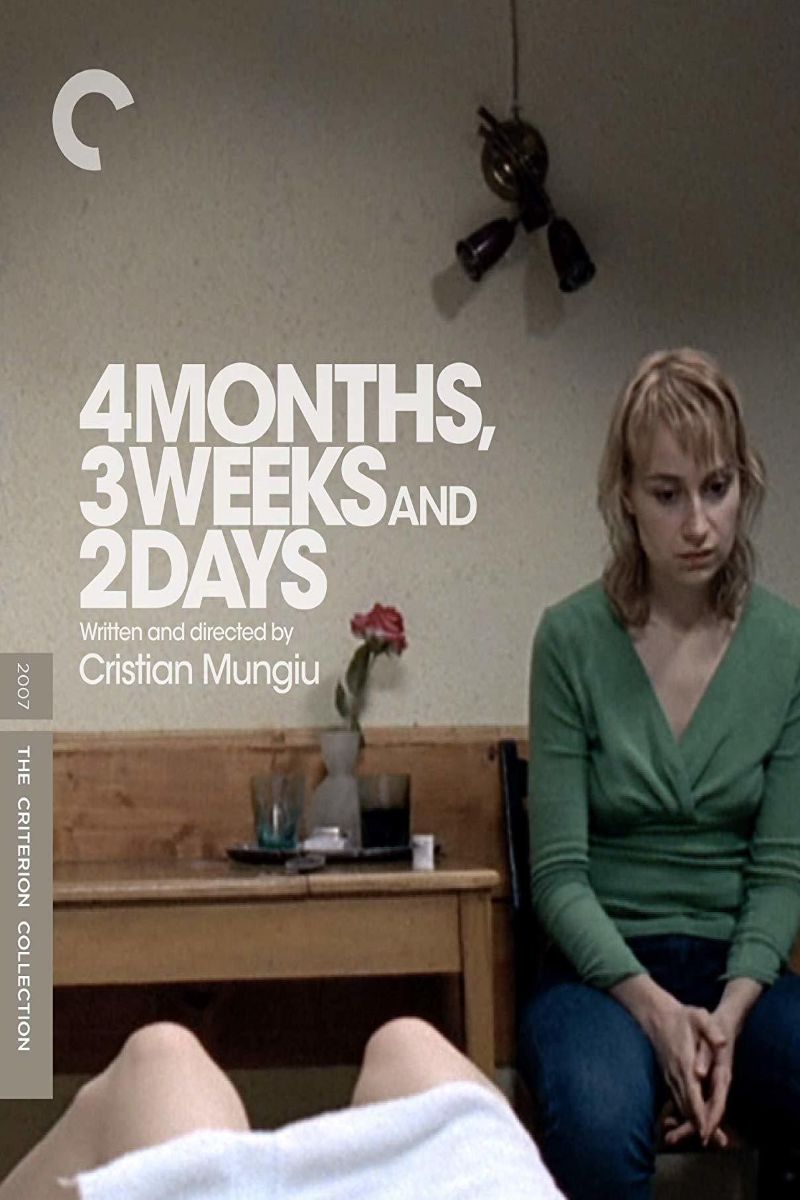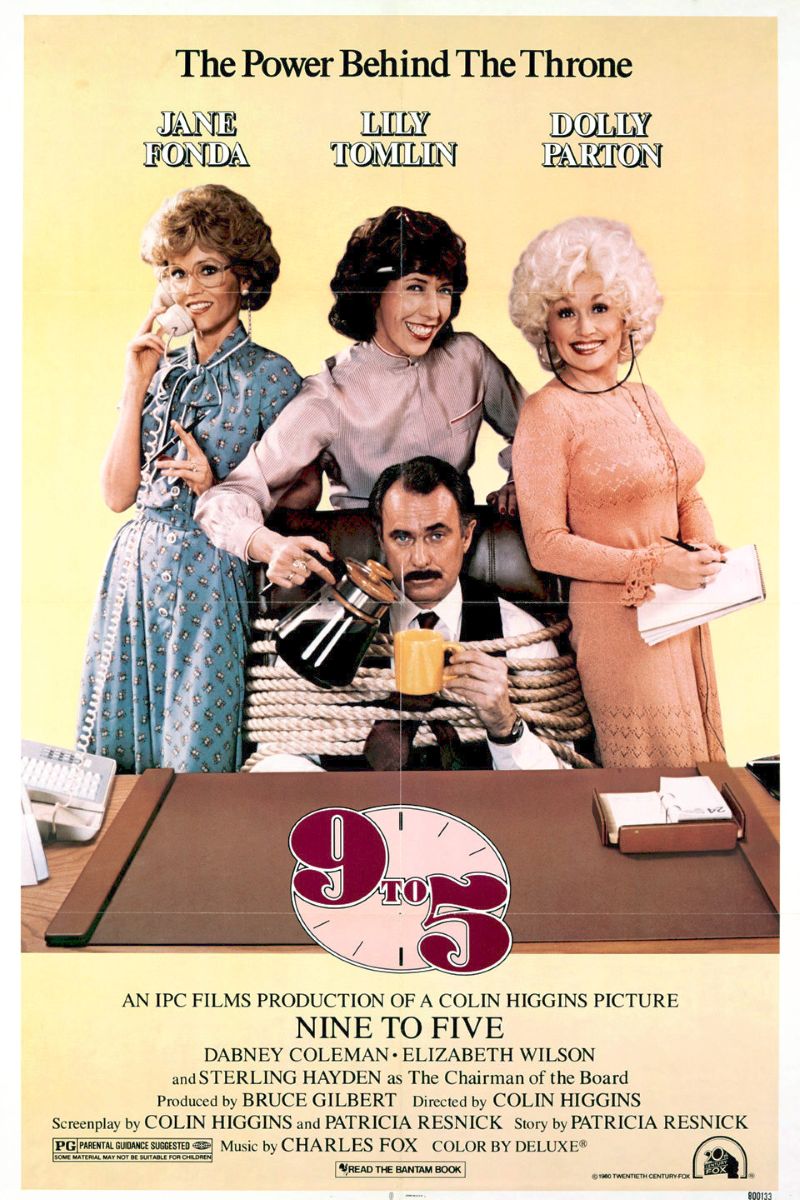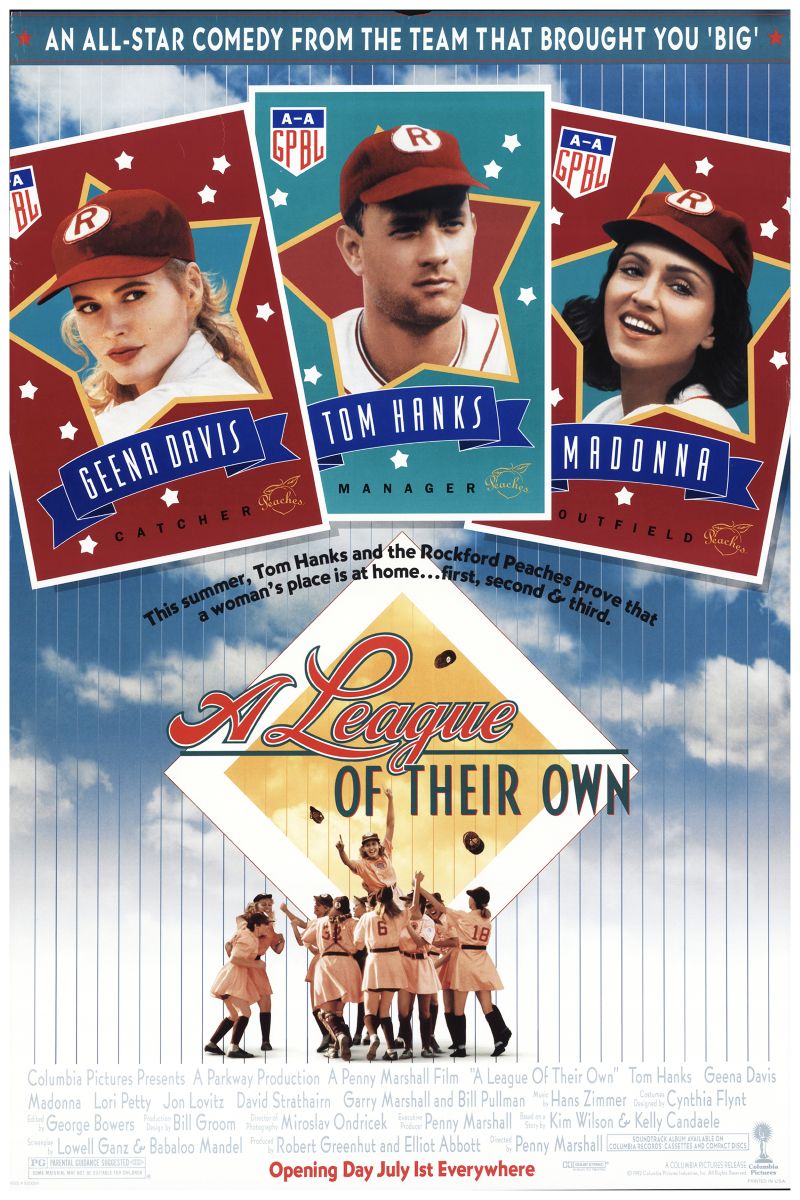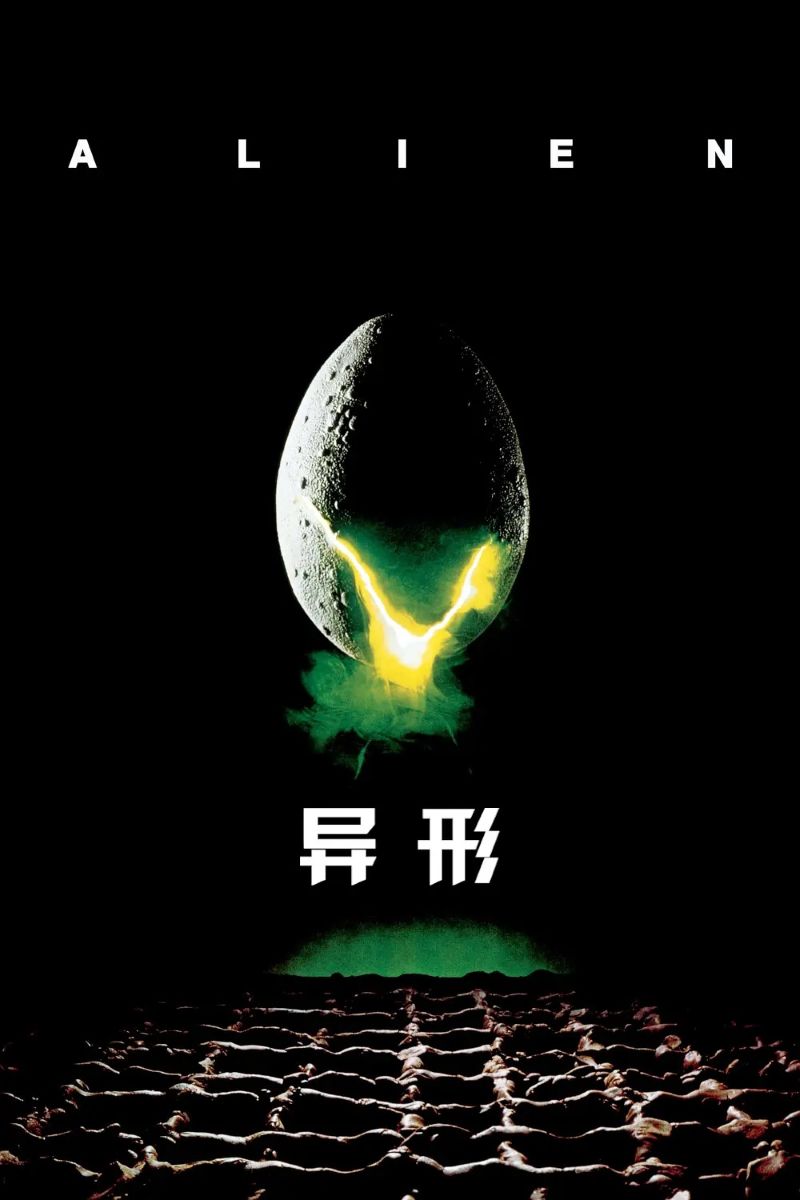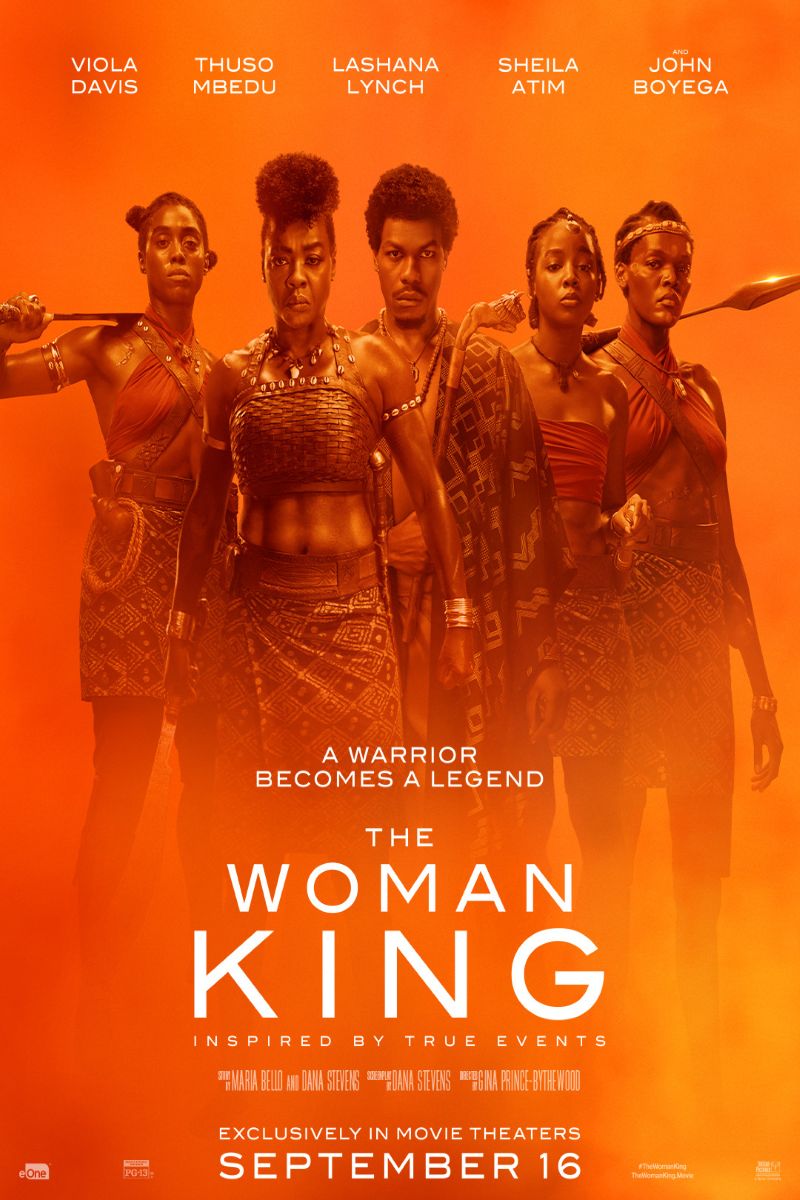
The Woman King
The Woman King
A historical action epic directed by Gina Prince-Bythewood, starring Viola Davis. Set against the backdrop of the 19th-century West African Kingdom of Dahomey's all-female warrior regiment, the Agojie, following General Nanisca as she trains a new generation of female warriors to defend the kingdom. The film explores important themes of Black female power, African historical narrative, decolonialism, and women's military leadership.
Cast
Related Topics
🎥 Film Analysis & Review
The Woman King stands as director Gina Prince-Bythewood’s ambitious masterpiece, a historical epic set against the backdrop of the 19th-century West African Kingdom of Dahomey’s all-female warrior regiment, the Agojie. More than a tribute to African female power, the film serves as a powerful challenge to Western-centric historical narratives. Through the mentor-student relationship between General Nanisca (Viola Davis) and young warrior Nawi (Thuso Mbedu), the film deeply explores core issues of Black feminism, decolonial historiography, intergenerational female transmission, and the complexity of African civilization, creating a rare Hollywood epic narrative centered on Black women.
From a Black feminist perspective, The Woman King’s most important contribution lies in its comprehensive presentation of Black female power and agency. Viola Davis’s Nanisca is not only an outstanding military leader but an embodiment of wisdom, resilience, and moral courage. Her character breaks stereotypes of Black women in Western media—she is neither victim nor savior but a complex, multifaceted leader. The film showcases her might on the battlefield, wisdom in political decisions, tenderness in mentoring successors, and vulnerability when facing personal trauma. This three-dimensional characterization provides powerful positive representation for Black women.
The film’s presentation of African history and civilization carries important decolonial significance. Western historical narratives have long depicted Africa as primitive, savage, or in need of “civilization.” The Woman King reveals the complexity and advancement of pre-colonial African societies by showcasing Dahomey’s political systems, military organization, cultural traditions, and diplomatic strategies. The very existence of the Agojie regiment challenges Western assumptions about gender roles in African societies, demonstrating historical traditions of female military participation in African civilizations.
From an intergenerational female relationships perspective, the film profoundly explores the importance of knowledge transmission and spiritual inheritance. Nanisca and Nawi’s relationship transcends master-student dynamics to become a symbolic mother-daughter connection. Nawi’s growth process reflects challenges and opportunities young Black women face when seeking self-identity and social position. Her transformation from rebellious young girl to strong warrior is both personal and political—representing Black women’s shift from passively accepting fate to actively shaping history.
The film’s portrayal of female friendship and solidarity is particularly moving. Relationships among Agojie warriors are based on mutual trust, common goals, and deep emotion. Characters like Izogie (Lashana Lynch) and Amenza (Sheila Atim) showcase different types of female strength and wisdom. Their friendships are not competitive but complementary, with each making unique contributions to collective power. This model of female solidarity provides important insights for contemporary feminist movements.
From an economic-political angle, the film’s critique of the slave trade is especially profound. Nanisca’s efforts to persuade King Ghezo (John Boyega) to abandon slave trading in favor of palm oil and other commodities demonstrates African women’s influence in major political-economic decisions. The film reveals that slave trading involved not only European colonizers’ crimes but complex choices by African rulers, avoiding simple moral judgments through this historical complexity.
The film’s treatment of war and violence also carries feminist characteristics. Agojie warriors’ violence serves not conquest or domination but protection and liberation. Their battle objectives involve rescuing enslaved compatriots and defending homelands from invasion. This concept of “protective violence” challenges traditional masculine war narratives, showcasing different motivations and methods for female military participation.
Viola Davis’s performance forms the film’s core strength. As a mature Black actress, she infuses Nanisca with depth and authenticity. Her physical performance—from power in battle scenes to vulnerability in emotional moments—demonstrates the complete humanity of Black women. Her very presence challenges Hollywood’s ageism and racism, proving that middle-aged Black women can serve as action film protagonists and box office draws.
Thuso Mbedu’s Nawi is also important, representing new-generation African women’s voices. Nawi’s character maintains traditional courage and resilience while embodying younger generations’ independent thinking and innovative spirit. Her growth trajectory demonstrates dynamic balance between tradition and modernity, individual and collective.
The film’s visual aesthetics deserve attention. Costume design, weapon crafting, and set decoration all showcase African culture’s richness and beauty. This visual presentation challenges Western cinema’s stereotypes about African barrenness and primitiveness, revealing African civilization’s splendor and complexity.
From a cultural identity perspective, the film demonstrates African identity’s diversity and fluidity. Dahomey’s conflicts with neighboring Oyo, interactions with European merchants, and relationships among different internal groups all showcase pre-colonial Africa’s complex political geography. This complexity challenges simplified narratives about African “tribalism.”
The film’s treatment of motherhood and female reproduction is also nuanced. Nanisca’s reunion with her lost daughter and other female warriors’ different attitudes toward motherhood demonstrate how women seek balance between military responsibilities and maternal roles. The film neither denies motherhood’s importance nor defines it as women’s sole identity.
From spiritual and religious angles, the film showcases the importance of African traditional religions and spiritual beliefs. Agojie warriors’ rituals, ancestor worship, and spiritual preparation all serve as important sources of their strength. This spiritual dimension adds depth to the film while demonstrating African religious traditions’ richness.
The film’s treatment of trauma and healing is also sensitive. Nanisca’s personal trauma—the pain of losing her daughter—affects her leadership style and interpersonal relationships, showing that even the strongest women have vulnerable sides. Her healing process is not solitary but achieved through connections and support from other women.
From an international politics perspective, the film demonstrates the complexity of 19th-century African-European relationships. European merchants serve as both trading partners and threats, reflecting the gradual and complex nature of colonization processes. The film avoids simple “good” versus “bad” binary oppositions, showcasing history’s complexity.
The film’s action design is also excellent. Female warriors’ fighting styles are both elegant and deadly, showcasing female bodies’ strength and skill. These action sequences don’t cater to the male gaze but demonstrate women’s capabilities and dignity.
From an educational perspective, the film showcases the importance of knowledge transmission. Agojie training includes not only physical skills but strategic thinking, teamwork, and moral education. This comprehensive educational model provides insights for contemporary women’s education.
The film’s treatment of mentorship relationships is particularly noteworthy. Unlike traditional mentor-student dynamics often involving hierarchy and eventual replacement, relationships among Nanisca, Nawi, and other warriors are more collaborative and mutual. Each brings unique strengths and perspectives, creating a female leadership model based on complement rather than competition.
Ultimately, The Woman King’s value lies in its profound exploration of Black women’s history and agency. Through the Agojie warriors’ story, the film contributes a unique African perspective and female voice to world cinema. It reminds us that female power and leadership have long historical traditions, particularly in African civilizations. In a world still full of racism and gender discrimination, such works possess not only entertainment value but important political and cultural inspirational significance. They tell us that true strength comes from solidarity, courage, and commitment to justice—qualities perfectly embodied by historical African women.
🏆 Awards & Recognition
- • Academy Award Best Actress Nomination
- • NAACP Image Award Outstanding Motion Picture
- • Critics Choice Award Best Acting Ensemble
- • Black Reel Award Outstanding Film
⭐ Ratings & Links
Related Recommendations
Comments & Discussion
Discuss this video with other viewers
Join the Discussion
Discuss this video with other viewers
Loading comments...
